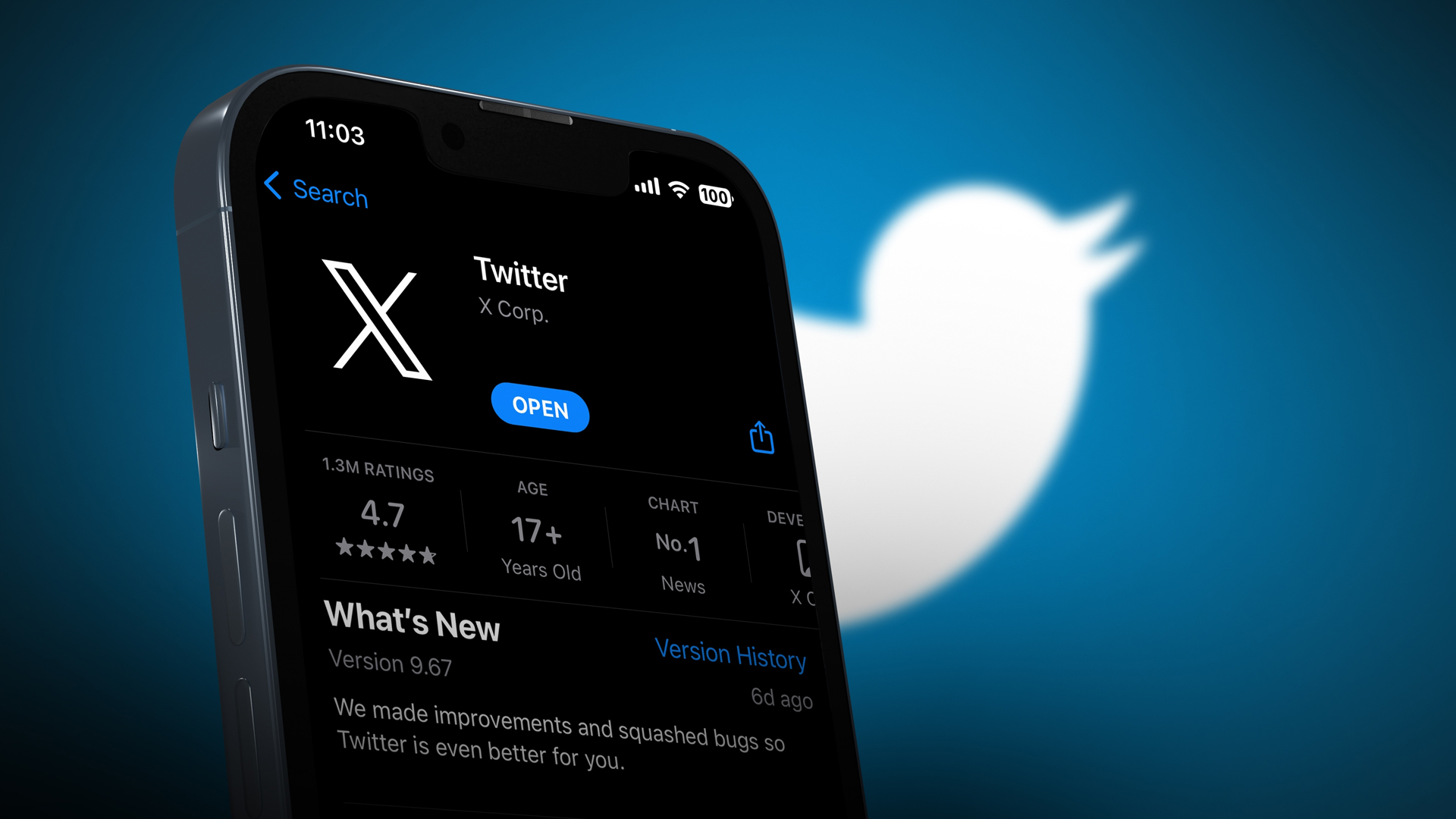X Doesn’t Mark The Spot
I remember when Twitter was just a Mac menu bar tool you used to share the title of the song you were listening to on iTunes. It snowballed from a simple menu bar app into a major platform for sharing content, ideas, and comments. Few users seemed to be bothered by the character limitations imposed by Twitter that the other platforms didn’t have. In fact, this limitation is what sets it apart from the other platforms.
While Twitter had plenty of challenges over the years, one thing it did have going for it; it was the only social media platform where a version of its name also described the action one took when posting to it.
I Tweet, You Retweet, She Tweeted
We don’t hear reporters announcing, “Taylor Swift Faced a message to all of her fans…” on the evening news. No, because you post to Facebook. Likewise, you post (or share) to LinkedIn, Instagram, Pinterest, etc.
Twitter users were referred to as Tweeters, and when you shared something on Twitter, you tweeted or retweeted it. Reporters would announce, as if it was real news, “in a tweet to her fans, Taylor Swift said…” yadda yadda yadda.
The value this name recognition has when it comes to branding is HUGE. The other social platforms can only dream of having their name be synonymous with the actions users take on them.
Companies update their visual identity all the time. We’ve recently seen numerous logo updates, from Burger King to Pepsi. Rebrands always garner a reaction, for better or for worse. People build emotional ties to the brands they love and use every day. When you change a brand’s visual identity, you change its face. If you change it too much, loyal users will feel like they are looking at a stranger.
Repeat After Me; Your Logo Is Not Your Brand
There’s plenty of jeers and criticism from the design community about how the new X logo uses the X glyph from Monotype’s Special Alphabet 4. As a designer, I had many conversations with colleagues about this incredulous, lazy, and just plain bad design choice.
But I’m not just talking about the new Twitter, I mean X, logo. This is about way more than the company’s face.
This is about X’s – personality. It’s changed, and not for the better.
Here’s the thing…the platform’s personality has changed since Musk took over. It’s become more divisive and a reflection of Musk’s own personality. The new name and logo are just the cherry on top of a string of changes that have alienated a strong base of very loyal users. As user numbers decline, advertisers will abandon X too. And without advertisers, the company can’t make money.
The new X logo design represents a shift from the company’s founding values, which many people consider a mistake. The logo has become a symbol of the company’s recent decisions and, in the eyes of many, a reminder of how far the company has strayed from its original mission and values.
New Coke Almost Killed Coca-Cola
In the 80s, Coca-Cola thought changing the formula for its flagship product, Coke, would be a good idea. This decision almost cost the company everything. Few would have really cared if all they did was change the Coke logo, but change the recipe? Make it sweeter…like Pepsi? That’s a fundamental change to the core of the brand; its taste.
Customers were angry, and sales plummeted fast. Coca-Cola realized its mistake and reintroduced the original formula as “Coca-Cola Classic” three months later, giving customers a choice between the two. If you don’t know the story of New Coke, Google it; there are plenty of case studies about it.
If Coca-Cola leadership hadn’t fixed that mistake, many think it would have irreparably damaged the brand, and Coca-Cola would be out of business. But because they understand how emotionally tied loyal customers are to a brand and how important it is to deliver on the expectations of customers…they are still the global leader in soft drinks.
Evolving Brands: A Closer Look at Successful Rebranding Strategies
Successful rebranding goes beyond cosmetic changes; it delves into the core values, user experience, and emotional connections customers have with a brand. A rebrand is done right when it aligns with the brand’s essence and enhances its resonance with the target audience.
Take the example of Apple Inc., which underwent a transformative rebranding when it shifted from its rainbow-colored logo to the sleek, monochromatic apple icon we recognize today. This change modernized the brand’s visual identity. It reflected its evolution from a niche computer company to a global technology leader. Apple’s customers embraced the new identity because it encapsulated the brand’s commitment to innovation and user-friendly design.
Another instance of effective rebranding can be seen in the case of Old Spice. The company reinvented itself by overhauling its image from a traditional, outdated men’s grooming product to a modern, edgy brand. The “Smell Like a Man, Man” campaign revitalized Old Spice’s image and redefined masculinity in a humorous and relatable way. By considering its customers’ changing perceptions and preferences, Old Spice successfully created a rebrand that resonated with a new generation of consumers.
In both these examples, rebranding worked because the brands listened to their customers, understood their desires, and strategically evolved to meet those needs. It wasn’t just about changing logos or names but about fostering a deeper emotional connection that resonated with the target audience.
When rebranding is approached with a customer-centric mindset, it has the potential to invigorate a brand’s identity, drive customer loyalty, and ensure long-term success. It’s not just a change in appearance; it’s a profound shift that reflects an understanding of what the customers truly value and appreciate.
Rebranding that considers the customers as its cornerstone has the power to create enduring and meaningful connections, securing a brand’s relevance in the ever-evolving marketplace.
Don’t Put Style Over Substance
Rebranding is a careful balance between embracing new ideas and honoring what a brand already represents. It involves genuinely understanding a brand’s core, the essence customers have come to appreciate. A successful rebrand connects with a brand’s identity, engaging its audience meaningfully. This process should appear like a natural progression, not a sudden change.
Rebranding’s purpose is both to adapt and preserve. It can rejuvenate a brand, introducing it to a broader audience while assuring loyal customers that what they love about it remains. However, this journey requires careful thought, thorough planning, and, most importantly, respecting the bond a brand has with its customers.
And that’s the real issue with the rebranding of Twitter to X; it demonstrates that Elon Musk knows little about how branding really works. He’s let his ego and fetish of all things “X” get in the way of delivering on customers’ expectations. The rebranding from Twitter to X could be successful if it had been done right, but it hasn’t been. It’s a half-hearted attempt to make a change without considering what the users of Twitter actually want and need.
It’s a classic case of putting style over substance. It’s like trying to put a Band-Aid on a broken leg! This rebrand will end up being a costly mistake and doomed to fail.




